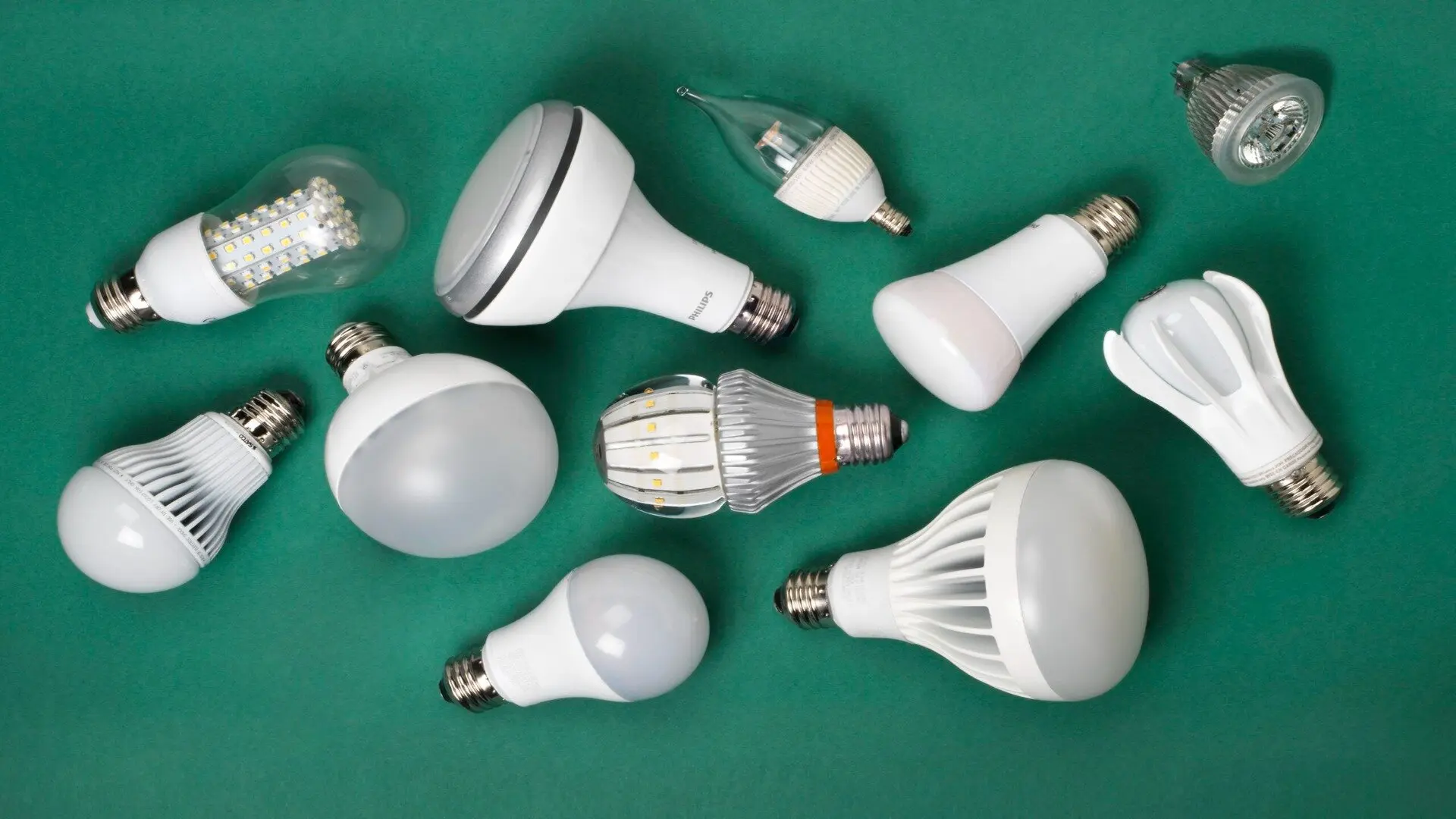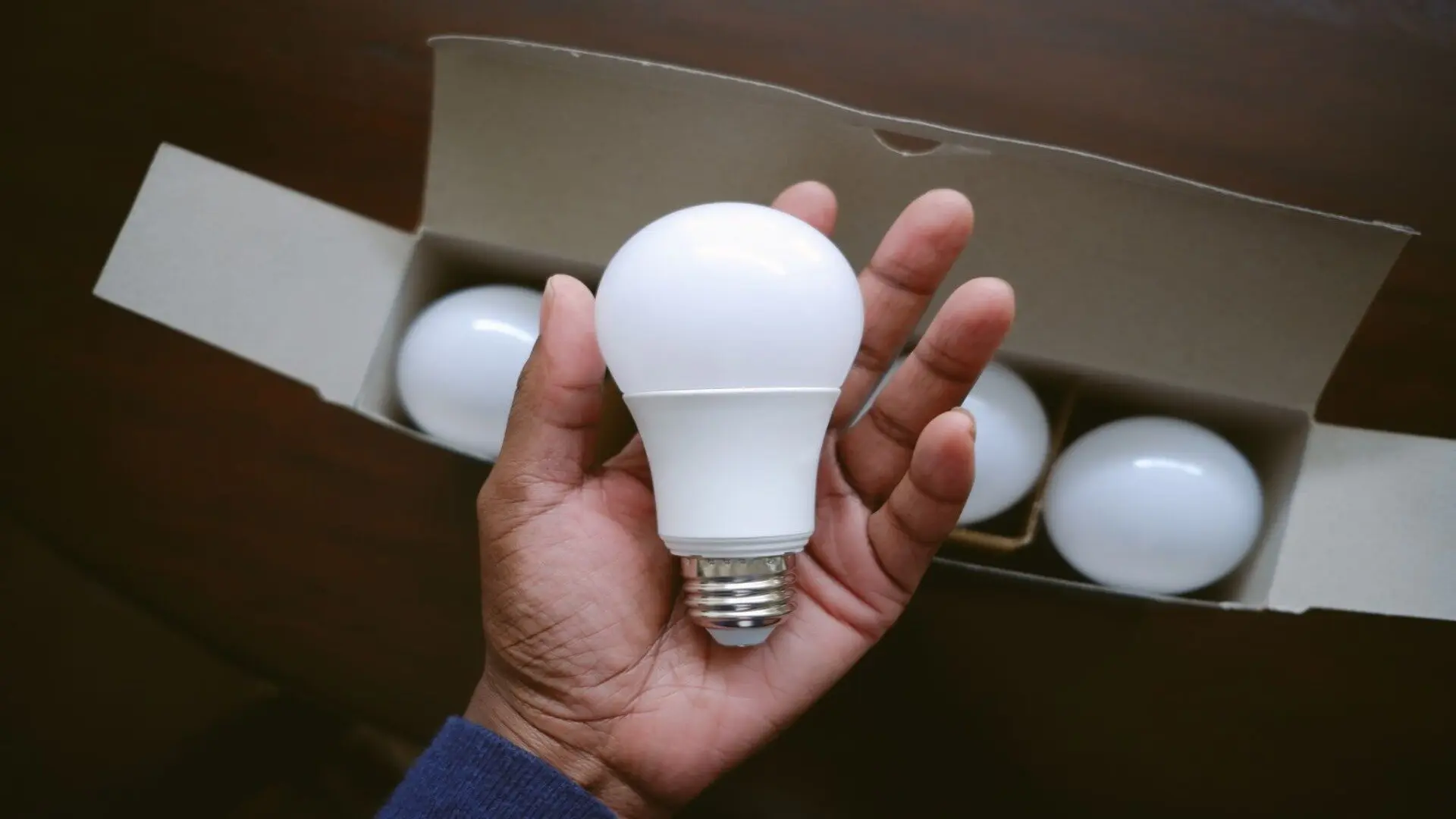Wandering through the lighting aisle at your local hardware store might feel a bit overwhelming these days. Gone are the simple options of 60-watt or 100-watt bulbs. Now, there’s a wide array of shapes, sizes, colours, and, most perplexing of all, different light measurements. What do terms like LEDs, lumens, and watts even mean?
At Enersol, our Commercial Electrical Services - When buying new light bulbs, you’re not alone if you’re puzzled over the difference between LED and lumens. Many homeowners struggle to understand these key lighting terms and factors. Specifically, the LED vs. lumens question trips up many people trying to buy the perfect replacement bulb.
Let’s dive into the essentials of LEDs and lumens. Learn more about proactive electrical maintenance strata properties. You’ll get to understand what each term means and how to make savvy choices when upgrading your lighting with new LED bulbs. No more puzzling over options in the lighting aisle! We’re here to help you pick the perfect bulb for any fixture.
What are LEDs?
LED, short for light-emitting diode, is a technology that utilises semiconductors to create energy-efficient bulbs. Electricity flows through a diode chip within an LED bulb, prompting electrons to release photons and produce visible light.

Unlike traditional incandescent bulbs and other light options, such as fluorescent and compact fluorescent lamps, which use a fragile filament heated by electrical current, LED lamps generate minimal heat while transforming most energy to light. The design of LED bulbs includes heat sinks, refractors, and diffusers to dissipate heat further and distribute luminance.
Thanks to their solid-state design, LEDs are incredibly durable and shock-resistant. The advantages of LED lights include lower energy consumption, longer lifespans, and versatility for directional, colourful, and dimmable options. LED bulbs are the most advanced, energy-efficient lighting option you’ll find today.
What are Lumens?
Lumens are the measurement of how bright a light bulb is. More specifically, lumens measure the total quantity of visible light emitted by a lamp or light source. When light sources are changed to CFLs or LEDs, they provide the same or better lighting but use much less electricity. Bulbs with higher lumen values produce more light. For example, a 450-lumen bulb has significantly less light than a 2600-lumen bulb. Lumens consider the bulb’s energy efficiency, reflectors, diffusers, and light emission angle to quantify total light output.
Lumens offer a standardised method to compare the brightness of various light bulbs. Typically, choosing a bulb with the same or higher lumens than your old incandescent guarantees brighter light. However, due to the energy efficiency of LEDs, you might use fewer lumens and still achieve the same effect. Consequently, lumens should be your main reference point when assessing and selecting light bulbs for brightness.
LEDs vs. Lumens

LED and lumens refer to two different aspects of light bulbs that should be considered when selecting replacements. LED indicates the technology used in the bulb, while lumens measure the brightness. An LED bulb still needs sufficient lumens for the intended application, just like any bulb type. The key difference is that LEDs require far fewer lumens to produce the same visible light as traditional watt incandescent lamps.
A 750-lumen LED can provide illumination equivalent to an old 60W bulb with roughly 850-1000 lumens. This greater efficiency means achieving the same lighting brightness as an LED bulb with significantly lower energy use. While the LED describes the bulb type, the lumens tell you how much energy or how much light the bulb emits. Check the LED bulb type and the lumens when choosing the ideal replacement.
Choosing Light Bulbs
When picking a replacement bulb, pay attention to both the LED type and the lumens rating. It’s wise to consult the manufacturer’s recommendations to ensure your chosen bulb matches the correct lumen output for your fixture.

Choosing an LED bulb with comparable or slightly higher lumens to the old incandescent lamps will provide sufficient brightness. However, with LEDs, you may be able to use fewer lumens than the equivalently branded bulb, thanks to greater efficiency.
Also, factor in the bulb shape, beam angle, colour temperature, and dimmable capabilities based on your lighting needs. An LED bulb specified as a 60W replacement often makes it easy to achieve the desired lumens. With an understanding of LED bulb types and lumen measurements, you can ensure the perfect brightness and performance for any lighting application.
So, Are LEDs Better Than Lumens?
So, are LEDs actually better than lumens? The answer is you need both! When choosing new LED bulbs, don’t just look at the LED technology; consider the lumens rating to ensure sufficient brightness.
LED bulbs consume far less energy to produce the same lumen output as traditional bulbs, making them the most efficient lighting option. You can confidently select the perfect LED replacement with a basic understanding that LED refers to the diode bulb type and lumens measure brightness.
Have questions about choosing the perfect LED lights for your home? The lighting team at Enersol Electrical is ready to assist! Reach out to us to find the ideal lumen output and LED bulb types for each fixture and specific need in your space.
We offer affordable LED upgrades, installations and smart lighting solutions to save you money and energy. Get in touch with Enersol Electrical for all your lighting needs!
LED And Lumens FAQs

Do all LED bulbs have the same lumens?
No, LED bulbs come in a wide range of lumen outputs. Bulbs range from 200 lumens for ambient lighting up to 3,000 for very bright task lighting. Always check the lumens instead of wattage to understand the brightness of an LED bulb.
What’s the difference between LED and Lumens?
LED refers to the light bulb type using light-emitting diode technology, while lumens are the brightness measurement from a light source. Consider the LED bulb type and its lumens rating when choosing a replacement bulb.
How many lumens do I need to replace a 60W incandescent bulb?
To replace a traditional 60W incandescent bulb, look for an 800- to 850-lumen range LED bulb. This will provide an equivalent amount of light emitted. You may also see LED bulbs marketed as 60W equivalents, which have been designed to match the light output.
Are lumens or watts more important for LEDs?
With LED bulbs, the number of lumens is a more accurate measure of brightness than watts. Unlike traditional bulbs, LEDs use much less wattage to produce the same lumen output. Check lumens instead of watts to ensure you get adequately bright LED lighting. The wattage may help confirm that the bulb works with your fixtures.
Why are power and lumens important for solar lighting?
With solar lighting, the power rating indicates the size of the solar panel and battery, determining how long the light can run. Lumens measure the brightness. You need sufficient power generation and storage to keep the light on through the night and ample lumens for the desired illumination. Choosing solar lights with adequate wattage power and high lumen output ensures they will provide bright, uninterrupted lighting powered by the sun. Explore our Commercial Electrical Services to learn more.